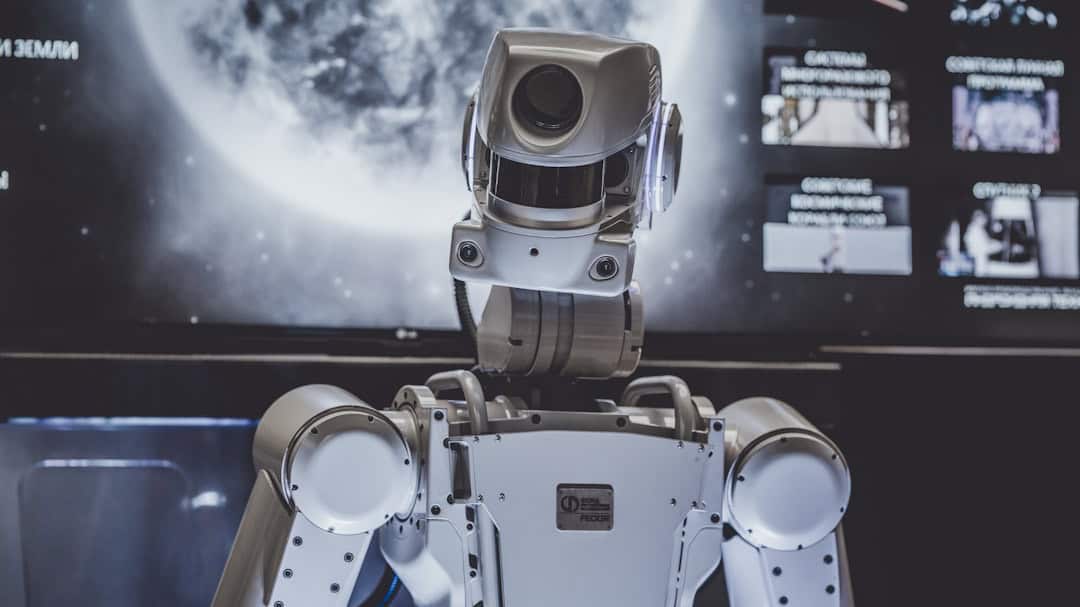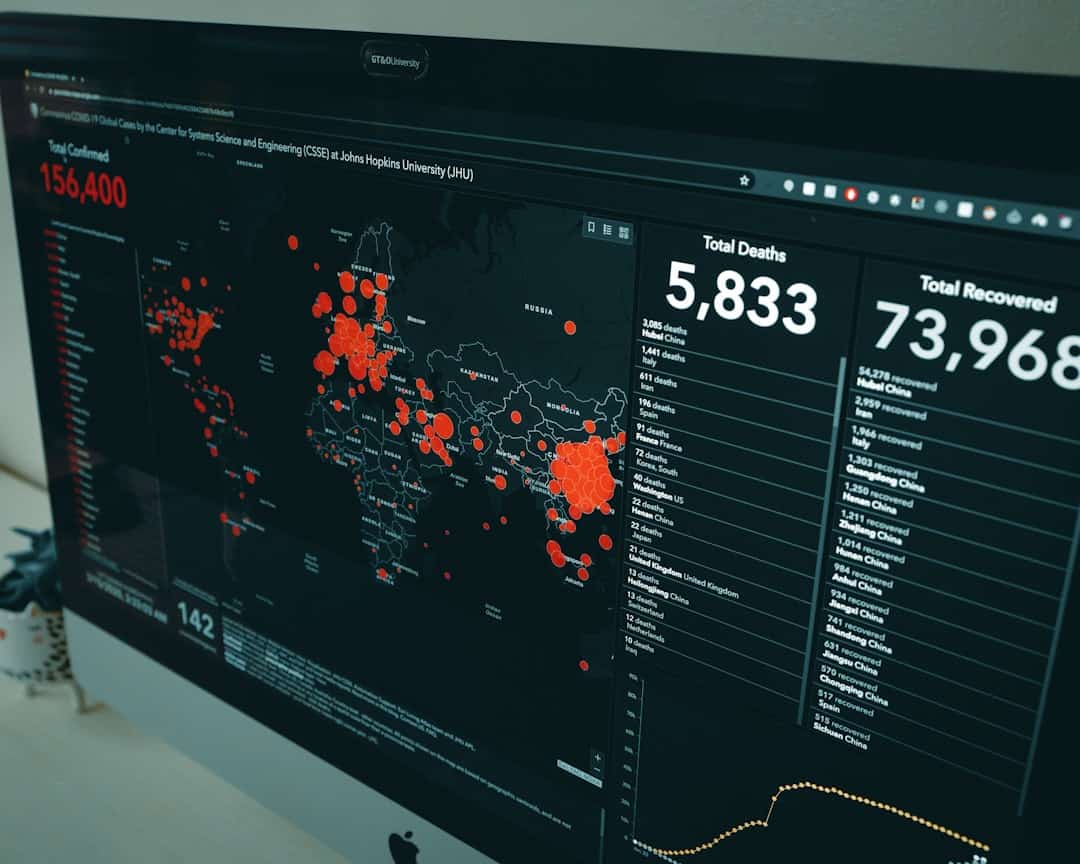Gaming and entertainment have undergone significant transformations in recent years, driven by technological advancements. Virtual reality (VR) and augmented reality (AR) technologies have revolutionized gaming experiences, offering unprecedented levels of immersion. These innovations have also facilitated the development of interactive entertainment, blending digital and physical realms.
Cloud gaming has emerged as a significant trend, enabling access to high-quality games without the need for expensive hardware, thus broadening the accessibility of gaming to a wider audience. The industry has also witnessed a shift towards more inclusive and diverse content. Game developers are increasingly creating titles that feature characters from various backgrounds and experiences, catering to a broader demographic.
This approach has not only enhanced inclusivity but has also expanded the possibilities for storytelling and world-building within games. Additionally, the rise of esports has transformed gaming into a competitive and financially lucrative industry. Professional gamers now participate in tournaments with substantial prize pools, elevating gaming to a mainstream form of entertainment and creating new career opportunities within the sector.
Key Takeaways
- Gaming and Entertainment:
- Virtual reality and augmented reality are transforming the gaming and entertainment industry, providing immersive experiences for users.
- Esports is gaining popularity as a competitive and spectator sport, with a growing market and professional leagues.
- Streaming platforms are changing the way people consume entertainment, with live streaming and on-demand content becoming more prevalent.
- Interactive storytelling and gamification are being used to engage audiences in new and innovative ways.
- The use of AI and machine learning is enhancing the gaming experience, creating more realistic environments and intelligent non-player characters.
- Real Estate and Architecture:
- Virtual reality is revolutionizing the real estate industry, allowing potential buyers to take virtual tours of properties from anywhere in the world.
- 3D printing is being used to create innovative architectural designs and construction materials, leading to more sustainable and cost-effective building practices.
- Augmented reality is being used to visualize architectural plans and designs in real-world environments, helping architects and clients better understand the final product.
- Smart home technology is becoming more integrated into architectural designs, providing energy-efficient and convenient living spaces.
- The use of drones is transforming the way real estate professionals survey and market properties, providing aerial views and 3D mapping capabilities.
- Education and Training:
- Online learning platforms are providing accessible and flexible education options for students of all ages.
- Virtual classrooms and remote learning tools are becoming more prevalent, allowing for collaborative and interactive learning experiences.
- Personalized learning through AI and adaptive learning technologies is helping students receive tailored education based on their individual needs and abilities.
- Gamified learning is being used to make education more engaging and enjoyable for students, leading to improved retention and understanding of material.
- Virtual and augmented reality are being used to create immersive educational experiences, allowing students to explore and interact with subjects in new ways.
- Healthcare and Wellness:
- Telemedicine and remote healthcare services are becoming more widely adopted, providing convenient and accessible care for patients.
- Wearable technology and health tracking devices are empowering individuals to take control of their own health and wellness.
- Virtual reality is being used for pain management, therapy, and rehabilitation, providing alternative treatment options for patients.
- AI and machine learning are being used to analyze medical data and assist healthcare professionals in diagnosis and treatment planning.
- 3D printing is revolutionizing the healthcare industry, allowing for the creation of personalized medical devices and prosthetics.
- Retail and E-commerce:
- Augmented reality is being used to enhance the online shopping experience, allowing customers to visualize products in their own environment before making a purchase.
- Personalized recommendations and targeted advertising are being driven by AI and machine learning, leading to more tailored shopping experiences for consumers.
- Chatbots and virtual assistants are being used to provide customer support and streamline the shopping process for e-commerce businesses.
- Blockchain technology is being used to improve transparency and security in online transactions, building trust with consumers.
- Social commerce is on the rise, with businesses leveraging social media platforms to sell products and engage with customers in new ways.
- Advertising and Marketing:
- Influencer marketing is becoming a dominant force in advertising, with social media personalities and content creators shaping consumer behavior and brand perception.
- Programmatic advertising is revolutionizing the way ads are bought and placed, using AI to automate the process and target specific audiences.
- Interactive and immersive advertising experiences are being created through virtual and augmented reality, providing new ways for brands to engage with consumers.
- Data-driven marketing strategies are being used to personalize and optimize advertising campaigns, leading to more effective and efficient targeting.
- Voice search and smart speakers are changing the way consumers interact with brands and search for products, leading to new opportunities for advertising and marketing.
- Social Networking and Communication:
- Social media platforms are evolving to incorporate more interactive and immersive features, such as live streaming, augmented reality filters, and virtual events.
- Messaging apps and chat platforms are becoming more integrated with e-commerce and business services, providing new opportunities for communication and customer engagement.
- AI-powered chatbots and virtual assistants are being used to automate and enhance communication with users, providing instant support and information.
- Privacy and security concerns are driving the development of new communication tools and features to protect user data and ensure safe interactions.
- The rise of audio-based social networking platforms is changing the way people connect and share content, providing new opportunities for communication and community building.
Real Estate and Architecture
Sustainable Architecture and Urban Planning
The rise of sustainable and eco-friendly architecture has led to a shift towards more environmentally conscious building practices. Architects and developers are increasingly incorporating green building materials and energy-efficient design principles into their projects, aiming to reduce the environmental impact of buildings. This focus on sustainability has not only led to the creation of more environmentally friendly structures but has also influenced urban planning and development, leading to the creation of more sustainable and livable cities.
Technological Advancements in Design and Construction
Furthermore, technological advancements such as 3D printing and virtual reality have revolutionized the way buildings are designed and constructed. 3D printing has made it possible to create complex architectural designs with greater precision and efficiency, while virtual reality has allowed architects and clients to visualize and experience architectural designs in a more immersive way. This has not only streamlined the design and construction process but has also enhanced collaboration between architects, developers, and clients.
The Rise of Smart Homes and Connected Communities
Additionally, the integration of smart home technology has transformed the way people interact with their living spaces, allowing for greater convenience, comfort, and energy efficiency. As a result, the real estate industry is witnessing a shift towards smart homes and connected communities, where technology is seamlessly integrated into the built environment.
Education and Training
The education and training sector has experienced significant changes in recent years, driven by technological advancements and evolving learning methodologies. The rise of online learning platforms has made education more accessible to a global audience, allowing students to access high-quality educational resources from anywhere in the world. This has not only democratized education but has also opened up new opportunities for lifelong learning and skill development.
Furthermore, the integration of artificial intelligence (AI) and machine learning into educational tools has personalized the learning experience, allowing for adaptive learning pathways tailored to individual student needs. Moreover, virtual reality (VR) and augmented reality (AR) have transformed the way students learn and engage with educational content. These technologies have made it possible for students to immerse themselves in virtual environments, bringing learning to life in a way that traditional methods cannot replicate.
This has not only enhanced student engagement but has also provided new avenues for experiential learning across various disciplines. Additionally, the use of gamification in education has made learning more interactive and engaging, with educators incorporating game elements into their teaching methodologies to motivate and challenge students. As a result, the education and training sector is witnessing a shift towards more personalized, interactive, and immersive learning experiences.
Healthcare and Wellness
The healthcare and wellness industry has undergone significant transformations in recent years, driven by technological innovations and changing consumer behaviors. The rise of telemedicine has revolutionized the way healthcare services are delivered, allowing patients to access medical care remotely through digital platforms. This has not only improved access to healthcare for individuals in remote or underserved areas but has also provided greater convenience for patients seeking non-emergency medical consultations.
Furthermore, wearable health technology has empowered individuals to take control of their health and wellness, allowing them to track their fitness levels, monitor vital signs, and manage chronic conditions in real time. In addition to technological advancements, the healthcare industry has seen a growing focus on holistic wellness and preventive care. There is an increasing recognition of the interconnectedness of physical, mental, and emotional well-being, leading to a shift towards more integrated approaches to healthcare.
This has led to the integration of alternative therapies such as acupuncture, yoga, and mindfulness practices into traditional healthcare settings, providing patients with a more comprehensive approach to wellness. Moreover, there is a growing emphasis on personalized medicine, with advancements in genomics and precision medicine leading to tailored treatment plans based on an individual’s genetic makeup. As a result, the healthcare and wellness industry is witnessing a shift towards more patient-centered, proactive, and holistic approaches to health and well-being.
Retail and E-commerce
The retail and e-commerce industries have experienced significant transformations in recent years, driven by technological advancements and shifting consumer preferences. The rise of e-commerce has revolutionized the way people shop, providing them with greater convenience, choice, and accessibility. Online retailers have leveraged data analytics and artificial intelligence to personalize the shopping experience, offering tailored product recommendations and targeted promotions based on individual consumer preferences.
This has not only enhanced the online shopping experience but has also led to greater customer satisfaction and loyalty. Furthermore, the integration of augmented reality (AR) and virtual reality (VR) into e-commerce platforms has transformed the way consumers interact with products online. These technologies have made it possible for shoppers to visualize products in their own space or try them on virtually, bridging the gap between online and offline shopping experiences.
This has not only increased consumer confidence in making online purchases but has also reduced product returns by providing a more accurate representation of products. Additionally, there is a growing emphasis on sustainability and ethical consumption in the retail industry, with consumers demanding transparency in supply chains and environmentally friendly products. As a result, retailers are increasingly incorporating sustainable practices into their operations, offering eco-friendly products and implementing responsible sourcing initiatives.
Advertising and Marketing

Targeted Advertising through Data Analytics
Data analytics and machine learning algorithms have enabled marketers to analyze consumer behavior and preferences in real time, allowing for more effective ad targeting and personalized messaging. This has not only improved the efficiency of advertising campaigns but has also led to greater relevance and engagement with consumers.
The Rise of Influencer Marketing
Moreover, there is a growing emphasis on influencer marketing as a powerful tool for brand promotion and consumer engagement. Social media influencers have become key players in shaping consumer trends and purchasing decisions, leveraging their online presence to endorse products and services to their followers. This form of marketing has proven to be highly effective in reaching niche audiences and building brand authenticity through genuine endorsements.
Ethical Advertising Practices Take Center Stage
Additionally, there is an increasing focus on ethical advertising practices, with consumers demanding transparency and authenticity from brands. As a result, marketers are increasingly incorporating ethical considerations into their advertising strategies, promoting diversity, inclusivity, and social responsibility.
Social Networking and Communication
The rise of social networking platforms has transformed the way people connect and communicate with each other, shaping new forms of social interaction and community building. Social media platforms have become integral parts of people’s daily lives, providing them with avenues for self-expression, information sharing, and social engagement. These platforms have not only facilitated global connectivity but have also given individuals a voice to express their opinions, advocate for causes, and mobilize communities for social change.
Furthermore, social networking platforms have evolved into powerful tools for business networking and professional development. Platforms such as LinkedIn have become essential for career advancement, allowing professionals to showcase their skills, connect with industry peers, and access job opportunities. Additionally, social media platforms have become key channels for customer engagement and brand communication for businesses.
Brands leverage social media to build relationships with their customers, provide customer support, and create authentic connections through storytelling and content sharing. In conclusion, technological advancements have significantly impacted various industries, shaping new trends and opportunities for growth. From gaming and entertainment to real estate and architecture, education and training to healthcare and wellness, retail and e-commerce to advertising and marketing, as well as social networking and communication – each sector has witnessed significant transformations driven by innovation.
As we continue to embrace technological advancements, it is essential for industries to adapt to these changes while prioritizing ethical considerations and inclusivity to create a more sustainable future for all.
If you’re interested in learning more about the major metaverse platforms and ecosystems, you should check out this article that provides an overview of the major metaverse platforms. It discusses how different industries can benefit from the metaverse and the potential impact on the virtual world.
FAQs
What is the metaverse?
The metaverse is a collective virtual shared space, created by the convergence of virtually enhanced physical reality and physically persistent virtual reality.
Which industries will generally benefit from the metaverse?
Industries that are expected to benefit from the metaverse include gaming, entertainment, education, real estate, retail, healthcare, and social networking.
How will the gaming industry benefit from the metaverse?
The gaming industry is expected to benefit from the metaverse through enhanced immersive experiences, virtual economies, and new opportunities for social interaction and collaboration.
How will the entertainment industry benefit from the metaverse?
The entertainment industry is expected to benefit from the metaverse through the creation of virtual events, concerts, and experiences, as well as new opportunities for content creation and distribution.
How will the education industry benefit from the metaverse?
The education industry is expected to benefit from the metaverse through the creation of immersive learning environments, virtual classrooms, and new opportunities for interactive and experiential learning.
How will the real estate industry benefit from the metaverse?
The real estate industry is expected to benefit from the metaverse through virtual property tours, virtual staging, and new opportunities for virtual property sales and rentals.
How will the retail industry benefit from the metaverse?
The retail industry is expected to benefit from the metaverse through virtual shopping experiences, virtual showrooms, and new opportunities for e-commerce and virtual product demonstrations.
How will the healthcare industry benefit from the metaverse?
The healthcare industry is expected to benefit from the metaverse through virtual healthcare services, telemedicine, and new opportunities for medical training and simulations.
The social networking industry is expected to benefit from the metaverse through new opportunities for virtual social interactions, virtual events, and virtual communities.











Leave a Reply